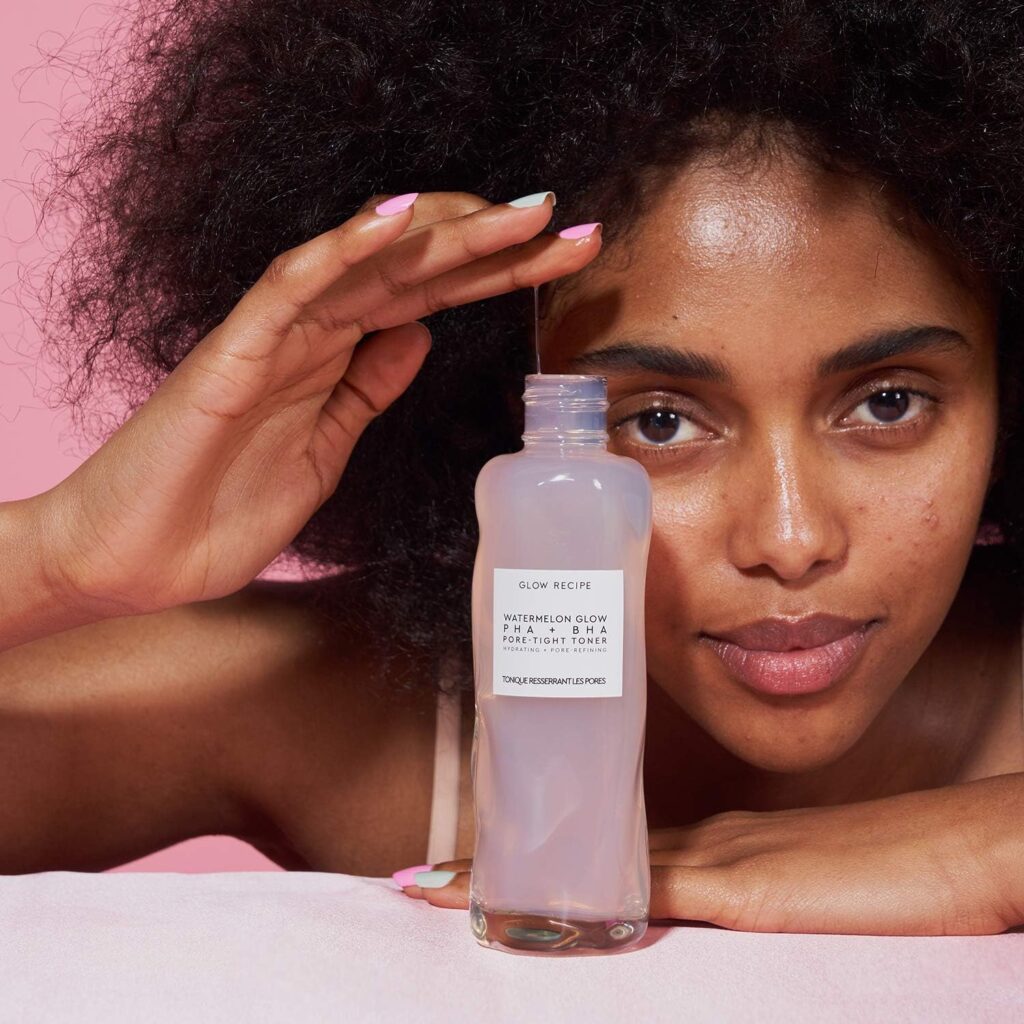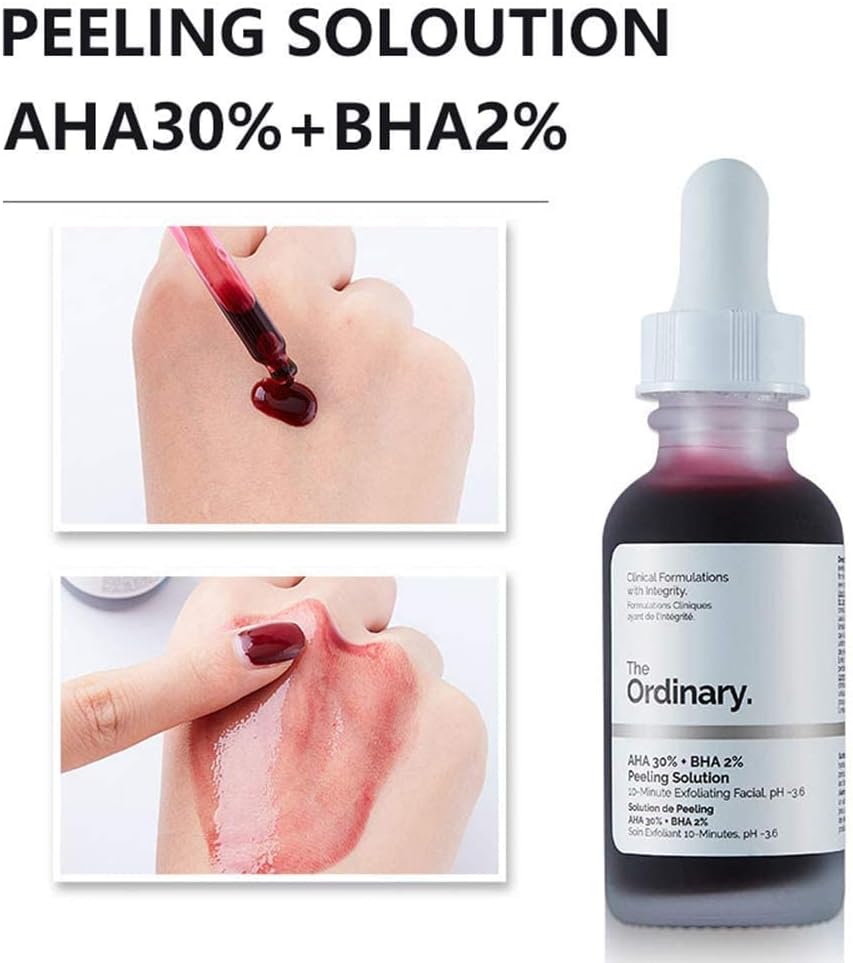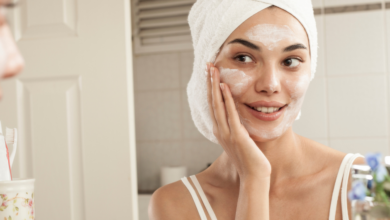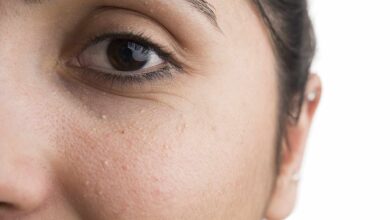
Having flawless skin is a desire for many, and minimizing the appearance of pores is a crucial step in achieving pore perfection. There are various techniques available for every skin type that can help reduce the visibility of pores. Firstly, cleansing the face thoroughly with a gentle cleanser is essential to remove dirt, oil, and impurities that can clog the pores and enlarge them.
Exfoliating regularly also aids in unclogging the pores and promoting cell turnover, resulting in a smoother complexion. Additionally, using a toner containing ingredients like witch hazel or salicylic acid can help tighten the pores and control oil production. For those with oily skin, incorporating a clay mask into the skincare routine can absorb excess oil and minimize pore size.
In this article, you will discover a range of effective techniques to minimize pores. Whether you have oily skin, dry skin, or something in between, we’ve got you covered. Say goodbye to those pesky enlarged pores and hello to a smooth and flawless complexion. From skincare tips to makeup tricks, you’ll find everything you need to know to achieve pore perfection for your unique skin type. Get ready to feel confident and radiant in your own skin!

Understanding Pore Perfection
What are pores?
Pores are tiny openings on the surface of your skin that allow for the release of sweat and natural oils. They are also the pathways through which hair grows. Each pore is connected to a sebaceous gland, which produces sebum, an oily substance that helps keep your skin lubricated.

Why do pores become enlarged?
Pore size is largely determined by genetics, but there are various factors that can contribute to their enlargement. One common cause is excessive sebum production. When your sebaceous glands produce too much oil, it can mix with dead skin cells and debris, resulting in clogged pores. These clogs stretch the pores, making them appear larger.
Another factor that can contribute to enlarged pores is aging. As we age, our skin loses elasticity, causing the pores to lose their ability to tighten. Sun damage and collagen breakdown can also worsen the appearance of pores over time.
The different types of pores
Not all pores are created equal. There are two main types of pores: sweat pores and oil pores. Sweat pores, also known as eccrine pores, are responsible for regulating body temperature through the release of sweat. Oil pores, known as sebaceous pores, are the ones we often associate with enlarged pores and excess oil production.
Oil pores are more prevalent in the T-zone of the face (forehead, nose, and chin) and tend to be larger than sweat pores. Understanding the types of pores present on your skin can help you tailor your skincare routine and treatments to address specific concerns.
Facial Cleansing Techniques
Choosing the right cleanser
Selecting the right cleanser is crucial in maintaining clean pores. Look for a gentle cleanser that is suitable for your skin type. If you have oily or acne-prone skin, opt for a cleanser that contains salicylic acid or benzoyl peroxide to help control excess oil and prevent breakouts. For dry or sensitive skin, choose a hydrating cleanser with ingredients like hyaluronic acid or ceramides to keep your skin moisturized.
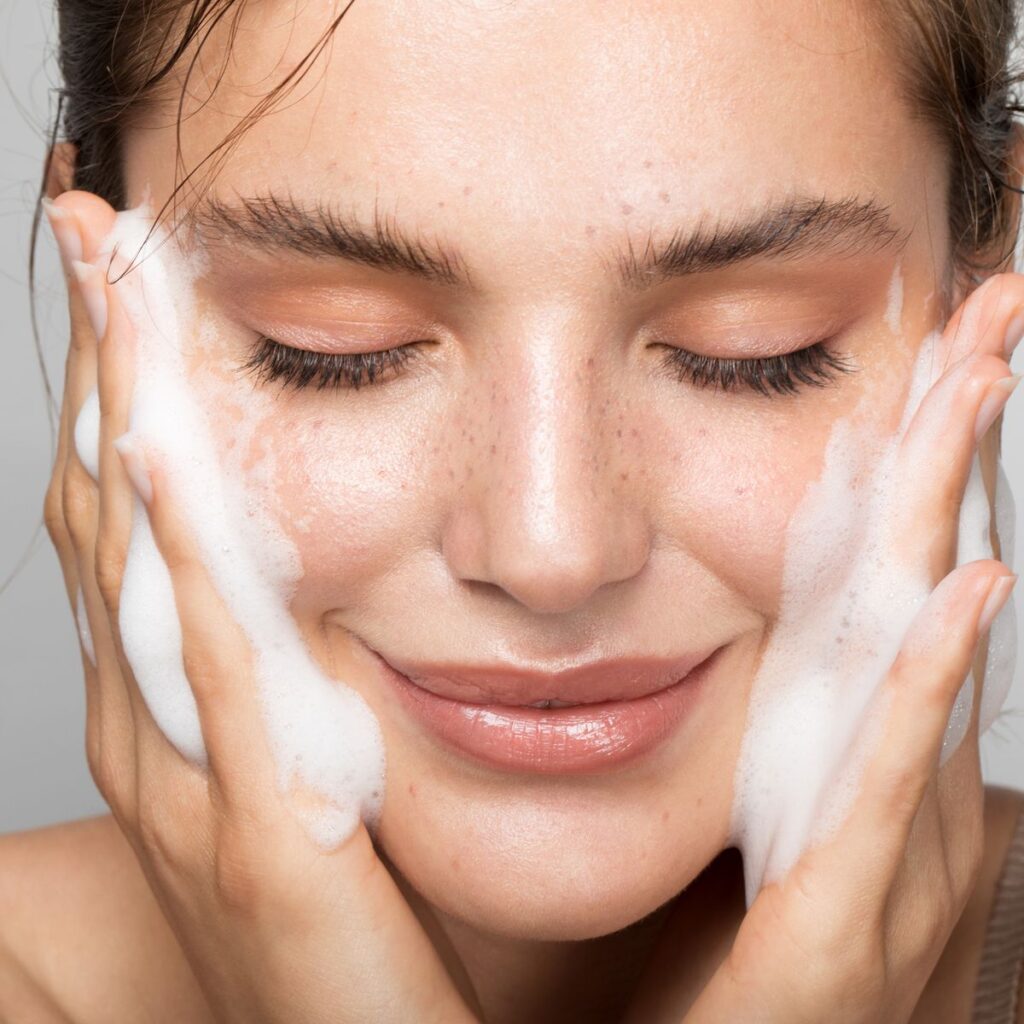
The importance of double cleansing
Double cleansing is an essential step in any effective skincare routine, especially for those with enlarged pores. The first step involves using an oil-based cleanser to remove oil-based impurities such as makeup and sunscreen. Follow up with a water-based cleanser to thoroughly cleanse your skin and remove any remaining dirt and debris.
Double cleansing ensures a deep and thorough clean, preventing pore congestion and reducing the chances of enlarged pores.
Proper technique for cleansing
To effectively cleanse your face and minimize pore clogging, follow these steps:
- Wet your face with lukewarm water.
- Apply a small amount of cleanser to your fingertips or a cleansing brush.
- Gently massage the cleanser onto your face using circular motions, focusing on areas with enlarged pores.
- Rinse off the cleanser with lukewarm water, making sure all traces of cleanser are removed.
- Pat your face dry with a clean towel, avoiding rubbing, as this can cause irritation.

Exfoliation Methods
Chemical exfoliation
Chemical exfoliation involves the use of gentle acids to remove dead skin cells and unclog pores. Look for exfoliants containing ingredients such as alpha-hydroxy acids (AHAs) like glycolic or lactic acid, or beta-hydroxy acids (BHAs) like salicylic acid.
AHAs work by loosening the bonds between dead skin cells, allowing them to slough off more easily. BHAs, on the other hand, are oil-soluble, meaning they can penetrate deep into the pores to dissolve excess oil and unclog them.
Physical exfoliation
Physical exfoliation involves using gentle scrubs or tools to physically remove dead skin cells and impurities from the surface of your skin. This can be done using facial scrubs, brushes, or exfoliating gloves. However, caution should be exercised when using physical exfoliators, as aggressive scrubbing or harsh tools can cause irritation and damage to the skin.

The benefits of regular exfoliation
Regular exfoliation is key in maintaining clear and refined pores. By removing dead skin cells and unclogging pores, exfoliation helps to minimize their appearance. It also promotes cell turnover, revealing fresher, smoother skin and allowing for better absorption of skincare products.
However, it’s essential to find the right balance and not over-exfoliate, as this can strip the skin’s natural barrier and cause irritation. Aim to exfoliate 2-3 times a week, adjusting the frequency depending on your skin’s tolerance.
Toning and Balancing the Skin
The role of toners
Toners play a crucial role in balancing the pH of your skin and removing any leftover impurities after cleansing. They can also help in temporarily tightening the appearance of pores, giving your skin a smoother and more refined look.
Choosing an appropriate toner
When selecting a toner for enlarged pores, opt for one that is alcohol-free and contains ingredients like witch hazel or tea tree oil. These ingredients have astringent properties, which help to temporarily tighten the skin and reduce the appearance of pores.
Alternatively, look for toners that contain niacinamide, a form of vitamin B3 that has been shown to regulate sebum production and minimize the size of pores.
The benefits of balancing the skin
Balancing your skin’s pH can help prevent excess oil production and inflammation, two factors that can contribute to the enlargement of pores. By restoring the natural balance of your skin, toning can help keep your pores clean and tight.
Moisturizing to Control Pores
The importance of moisturizing
Contrary to popular belief, moisturizing is essential for all skin types, including oily and acne-prone skin. When your skin becomes dehydrated, it compensates by producing more oil, which can lead to clogged pores and acne breakouts. By using a moisturizer, you can hydrate your skin and maintain a healthy moisture balance, helping to control pore size.
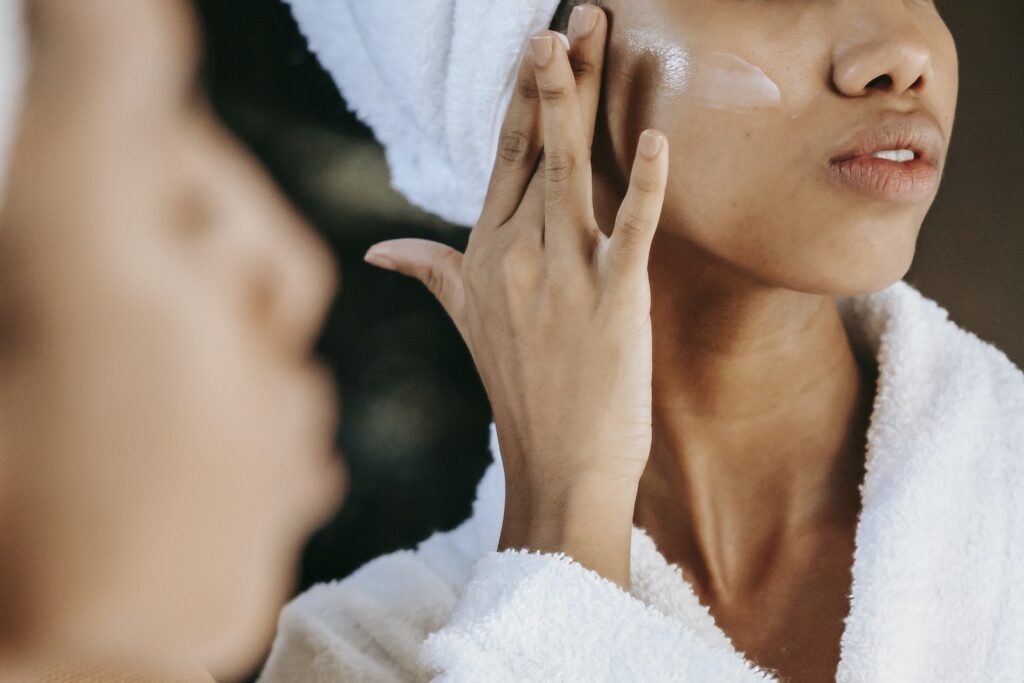
Non-comedogenic moisturizers
To minimize the risk of clogging pores, opt for non-comedogenic moisturizers. These products are specifically formulated to be less likely to cause breakouts or pore congestion. Look for ingredients like hyaluronic acid, glycerin, or lightweight oils such as jojoba or squalane, which provide hydration without feeling heavy or greasy on the skin.
Hydrating ingredients to look for
In addition to using a moisturizer, incorporating hydrating ingredients into your skincare routine can help hydrate and plump the skin, reducing the appearance of pores. Look for products containing hyaluronic acid, a powerful humectant that attracts and retains moisture in the skin. Aloe vera, ceramides, and vitamin E are other hydrating ingredients to look for in your skincare products.
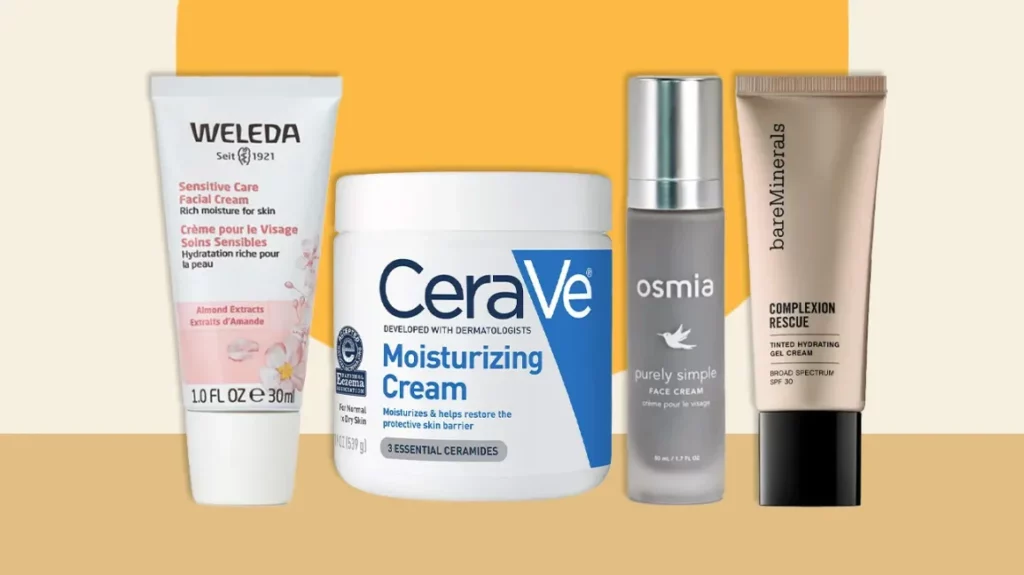
Targeted Treatments for Enlarged Pores
Retinoids
Retinoids, derived from vitamin A, are highly effective in treating a variety of skin concerns, including enlarged pores. They work by promoting cell turnover, reducing the buildup of dead skin cells, and stimulating collagen production.
By accelerating the skin’s renewal process, retinoids can help to minimize the appearance of pores and improve overall skin texture. Start with a low concentration retinol product and gradually increase usage to prevent potential irritation.
![]()
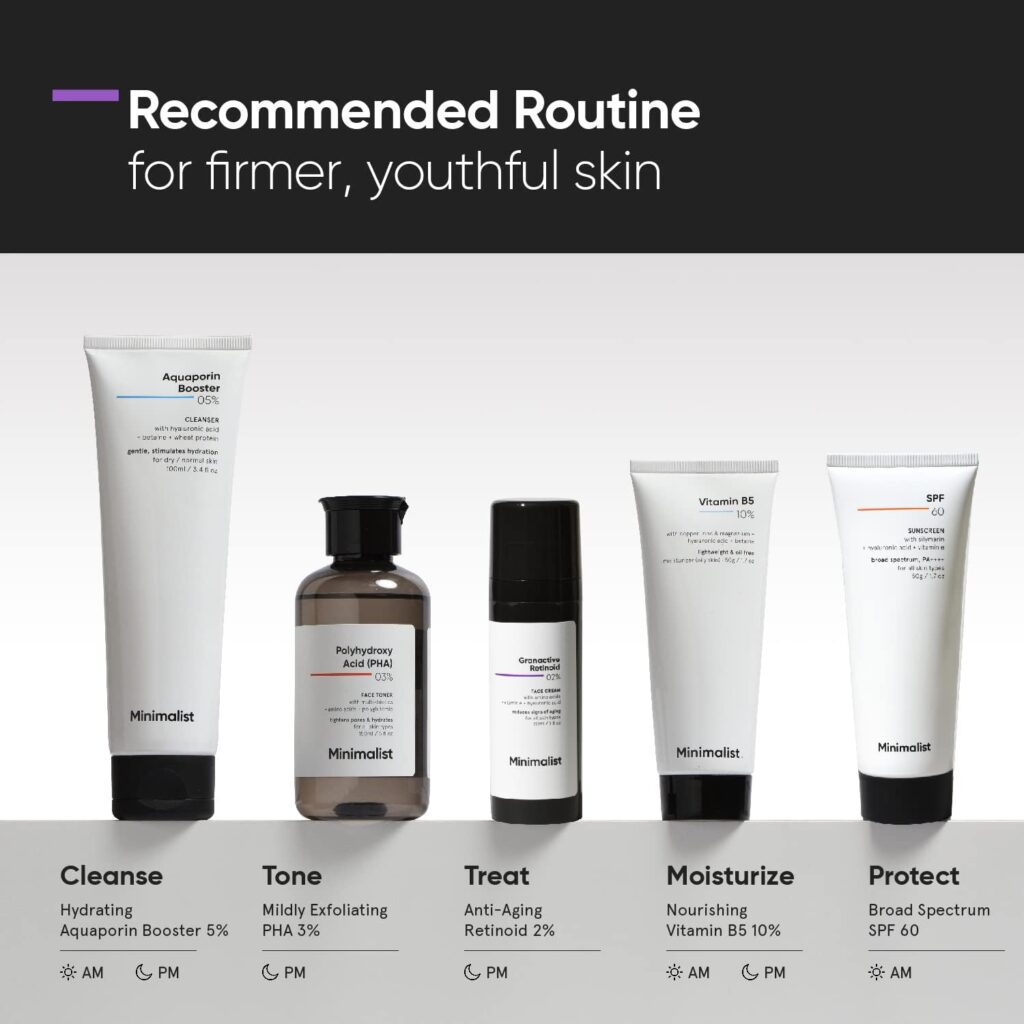
Alpha-hydroxy acids
Alpha-hydroxy acids (AHAs) are another group of ingredients that can help refine pores. These gentle acids exfoliate the top layers of the skin, promoting cell turnover and revealing smoother, brighter skin. AHAs can also help reduce the stickiness of dead skin cells, preventing them from clogging the pores and causing congestion.
Look for products containing glycolic acid or lactic acid, and introduce them into your routine gradually to allow your skin to adjust.
Masks and serums
In addition to incorporating retinoids and AHAs into your skincare routine, using targeted masks and serums can provide extra pore-minimizing benefits. Clay or charcoal masks can help to draw out impurities and absorb excess oil, while serums containing ingredients like niacinamide, green tea extract, or vitamin C can help refine the appearance of pores and improve skin texture.
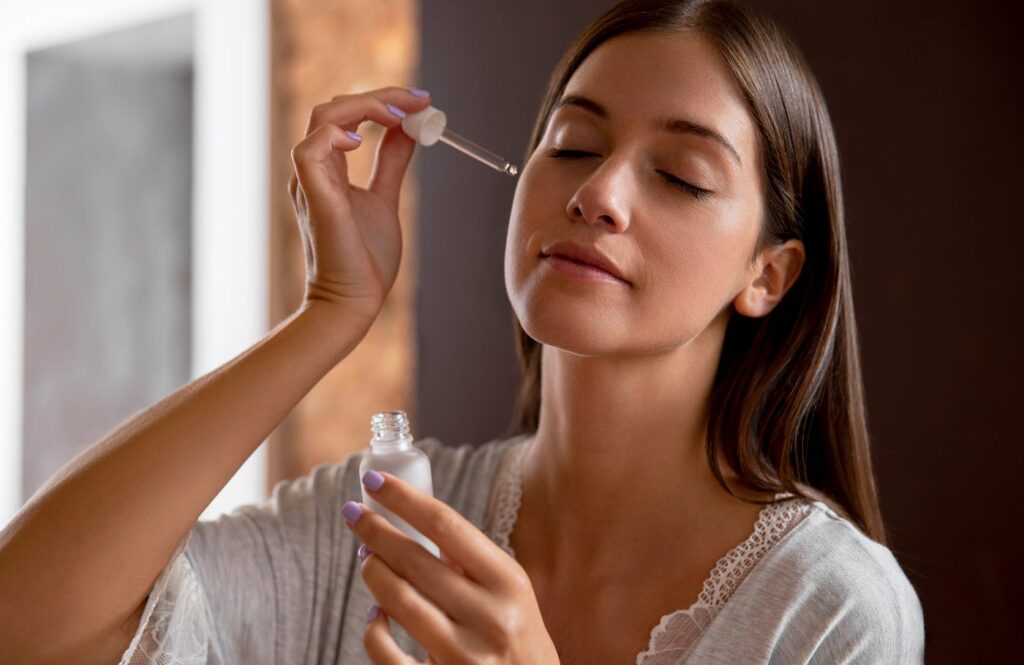
Makeup Techniques for Pore Minimization
Choosing the right foundation
When it comes to minimizing the appearance of pores, choosing the right foundation is vital. Look for lightweight, oil-free, and non-comedogenic formulas that won’t clog your pores. Foundations labeled as “pore-minimizing” or “blurring” often contain ingredients that create an optical illusion, making the pores appear less noticeable.
Avoid heavy or thick formulations, as they can settle into the pores and highlight their appearance. Opt for light-to-medium coverage foundations that can be built up gradually and provide a natural-looking finish.
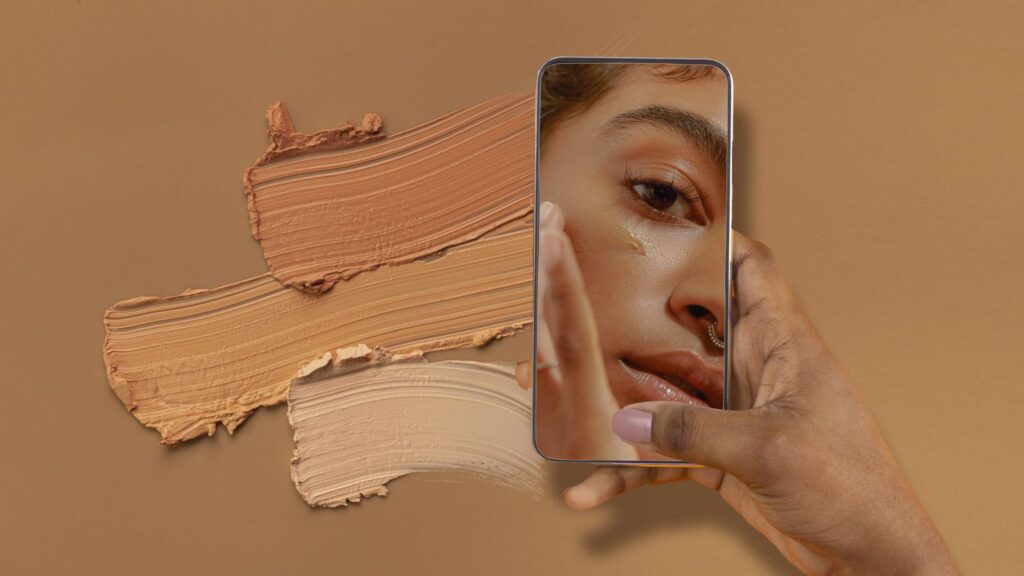
Primer and pore-filling products
Using a primer specifically designed to minimize the appearance of pores can create a smooth canvas for your makeup and help blur their visibility. Look for primers that contain silicones, as these fill in the pores and create a smooth surface. Silicone-based primers also help makeup stay in place longer, giving you a flawless finish throughout the day.
If you have deeper or more prominent pores, consider using pore-filling products in addition to a primer. These silicone-based products are designed to be applied directly over the pores, filling them in and creating a smoother surface for foundation application.

Setting techniques for long-lasting results
To ensure your makeup stays in place and your pores remain minimized throughout the day, it’s essential to use setting techniques. Apply a lightweight setting powder only to areas where you tend to get oily, such as the T-zone. Avoid applying too much powder, as it can emphasize the appearance of pores and make your skin look cakey.
Using a setting spray can also help lock your makeup in place while providing a natural, glowy finish. Look for setting sprays that are labeled as oil-free or mattifying to control shine and reduce the risk of pore congestion.
Using Sunscreen to Protect Pores
The importance of sun protection
Sun protection is crucial for overall skin health and the prevention of various skin concerns, including enlarged pores. Prolonged sun exposure can damage the collagen and elastin fibers in your skin, leading to a loss of elasticity and worsening the appearance of pores.
UV rays can also trigger inflammation and increased sebum production, contributing to clogged and enlarged pores. Using sunscreen daily can help protect your pores from these harmful effects.
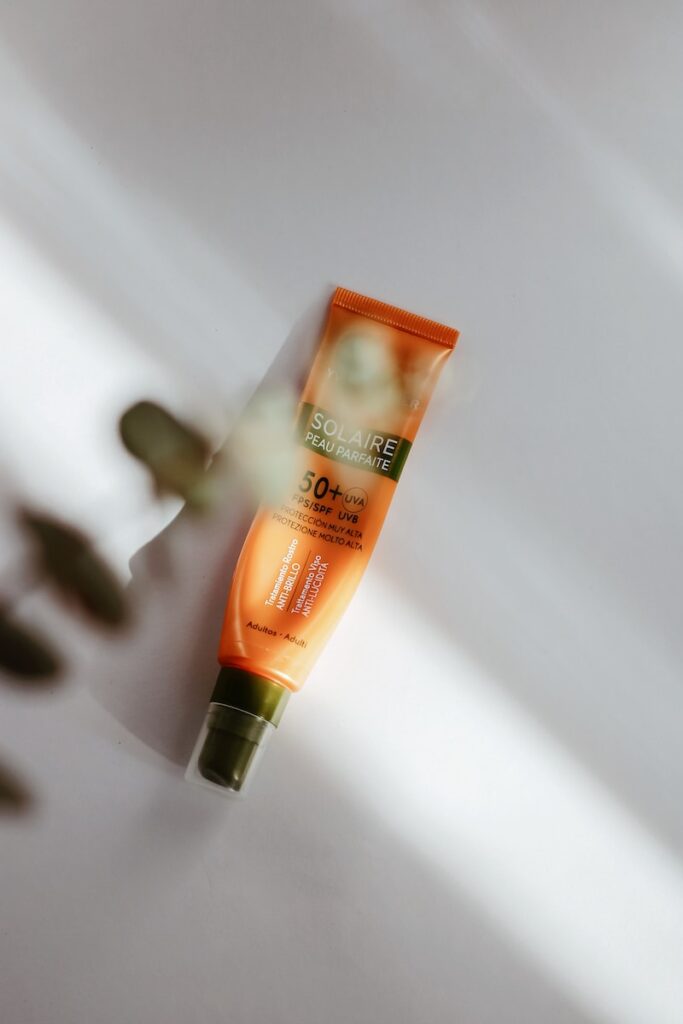
Non-comedogenic sunscreen options
When selecting a sunscreen for pore-friendly protection, opt for non-comedogenic formulas that won’t clog your pores. Look for lightweight, oil-free sunscreens that contain ingredients like zinc oxide or titanium dioxide, which provide broad-spectrum protection while being less likely to cause breakouts.
If you have oily or acne-prone skin, consider using a mattifying sunscreen to help control shine throughout the day.
Proper application for maximum coverage
To ensure maximum coverage and protection for your pores, follow these guidelines when applying sunscreen:
- Apply sunscreen generously to all exposed areas of your face, including your ears and neck.
- Don’t forget about your hairline and the area around your eyes, as these areas can also be exposed to the sun.
- Apply sunscreen at least 15 minutes before sun exposure to allow it to fully absorb into the skin.
- Reapply sunscreen every two hours or immediately after swimming or sweating excessively.

Lifestyle Changes for Healthy Pore Management
Maintaining a balanced diet
While skincare plays a significant role in managing enlarged pores, it’s important to address other factors that can affect your skin’s health. Maintaining a balanced diet rich in fruits, vegetables, lean proteins, and whole grains can help support overall skin health.
Certain foods, such as those high in sugar or processed carbohydrates, can trigger inflammation and exacerbate skin issues. Opt for a diet that includes anti-inflammatory foods like berries, fatty fish, and leafy greens to help keep your pores in check.
Reducing stress
Stress is a common trigger for various skin concerns, including enlarged pores. When you’re stressed, your body releases cortisol, a hormone that can increase oil production and lead to clogged pores. Finding healthy ways to manage and reduce stress, such as practicing mindfulness techniques, exercising, or engaging in hobbies, can contribute to healthier skin and minimized pores.
Regular exercise for improved circulation
Regular exercise not only benefits your overall health but also contributes to improved circulation, which can help maintain healthy skin. When you exercise, your blood vessels dilate, increasing blood flow and delivering oxygen and nutrients to your skin cells. This can help promote a healthy complexion and minimize the appearance of pores.
Remember to cleanse your skin thoroughly after exercise to remove sweat and bacteria that can contribute to clogged pores.

Medical Treatments for Persistent Pore Issues
Microdermabrasion
Microdermabrasion is a non-invasive procedure that uses a device to exfoliate the skin. It works by spraying tiny crystals onto the skin’s surface, which help remove dead skin cells and unclog pores. This treatment can help reduce the appearance of pores, improve overall skin texture, and stimulate collagen production.
Microdermabrasion sessions are typically performed in a series to achieve optimal results and may require maintenance treatments over time.
Chemical peels
Chemical peels are another option for treating persistent pore issues. They involve the application of a chemical solution to the skin, which causes controlled exfoliation and peeling. Different types of chemical peels can be used, depending on the severity of the pore issues.
Chemical peels help to remove dead skin cells, unclog pores, and stimulate collagen production, resulting in smoother and more refined skin. It’s important to consult with a dermatologist to determine the most appropriate type and strength of chemical peel for your skin.

Laser treatments
For more severe cases of enlarged pores, laser treatments can be an effective solution. Laser treatments work by using targeted beams of light to stimulate collagen production, reduce oil production, and resurface the skin. This can help to tighten the pores and improve overall skin texture.
Laser treatments for enlarged pores may require multiple sessions and downtime for recovery. Consulting with a qualified dermatologist or aesthetician is crucial to determine the best course of laser treatment based on your specific needs.
In conclusion, understanding and managing enlarged pores involves a holistic approach that encompasses proper cleansing techniques, exfoliation, toning, moisturizing, targeted treatments, makeup techniques, sun protection, lifestyle changes, and, in some cases, medical treatments. By incorporating these strategies into your skincare routine and making positive lifestyle changes, you can effectively minimize the appearance of pores and achieve smoother, healthier-looking skin. Remember that consistency and patience are key, and it’s always best to consult with a skincare professional for personalized advice and treatment options.
Paula’s Choice Skin Perfecting 2% BHA Gel Review(Opens in a new browser tab)
Exfoliation Explained: How To Safely Shed Dead Skin Cells(Opens in a new browser tab)

